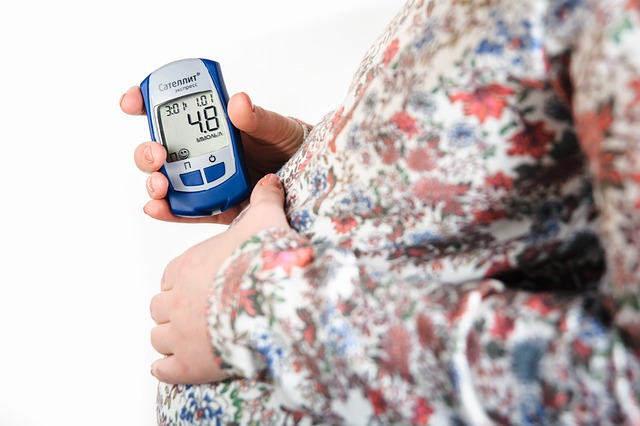Hey there! So, have you ever wondered about the process of gender selection during IVF? Well, thanks to some amazing advancements in reproductive technology, doctors can now determine a baby’s gender before the embryo is implanted. This isn’t just a futuristic fantasy—it’s become a common practice in modern fertility clinics.
With the help of genetic testing during in vitro fertilization (IVF), clinics can identify an embryo’s gender at its earliest stages. It’s pretty cool, right? If you’re curious about how this all works, let’s dive in!
Why Choose Gender Selection?
People choose to go for gender selection for a variety of personal reasons. One popular motive is family balancing. For instance, if you’ve already got a couple of boys and dream of having a girl, you might consider gender selection to fulfill that wish.
Another reason could be if there’s a concern about passing on a gender-linked genetic condition. In such cases, selecting the gender can help avoid certain health risks. There are also emotional reasons; maybe a couple lost a child and wants to try for another of the same gender, or perhaps one partner feels more equipped to parent a child of a specific gender.
No matter the reason, it’s a deeply personal choice and one that our team is here to support. If you’re interested in gender selection, feel free to chat with us during your consultation at our fertility clinic in Los Angeles.
Understanding the Role of PGD/PGS
Once the egg and sperm meet and fertilization happens, doctors can take a closer look at the embryos. This is where preimplantation genetic diagnosis (PGD) and preimplantation genetic screening (PGS) come into play. These tests not only check for chromosomal abnormalities but also reveal the gender of the embryo. So, if you’re hoping for a girl, they can identify whether the embryo carries two X chromosomes, or an X and a Y, which indicates a boy.
Accuracy of Gender Selection
Worried about how accurate this process is? Well, it’s nearly 100% accurate! Thanks to the PGD tests, doctors can confidently determine the XX or XY chromosomes in the embryos. However, keep in mind that not everyone will produce healthy embryos of the desired gender—factors like age and egg quality come into play. In those cases, considering sperm or egg donation might be an option.
What Happens to Unused Embryos?
If an embryo doesn’t match the preferred gender, there are several paths you can take. For example, you could donate it to another couple struggling with infertility, offer it for medical research, or freeze it for future use. It’s essential to discuss these options with your fertility clinic.
Talking to Your IVF Clinic
There are plenty of factors to consider when thinking about gender selection in IVF. Our experts at the clinic are more than happy to chat with you about the pros and cons, helping you make an informed decision that feels right for you.
If you’re interested in exploring this further, don’t hesitate to reach out. We’re here to guide you every step of the way!
In the meantime, if you’re curious about other fertility topics, check out our blog post about a voluntary recall of organic baby powder, which shares important information that might be useful. And for those looking into artificial insemination, Make A Mom has some great insights on at-home insemination kits. Lastly, the CDC offers excellent resources on pregnancy, which can be very beneficial.
Summary
In short, gender selection during IVF is a fascinating option for many prospective parents looking to balance their families or avoid genetic conditions. With nearly flawless accuracy thanks to advanced genetic testing, this process allows individuals and couples to make choices that align with their desires. If you’re considering this path, it’s essential to have an open dialogue with your fertility clinic to navigate the process effectively.
“`
Make sure to replace `URL_TO_BLOG_POST`, `URL_TO_MAKE_A_MOM`, and `URL_TO_CDC` with the actual URLs for the links.

